LensRentals has loaned me a Hasselblad XCD 135mm f/2.8 lens for testing. For the first test, I used a Zeiss Siemens star about 20 feet away.
- Edelkrone Tripod X Pro
- Arca Swiss C1
- Manual exposure
- ISO 100
- Self-time set to 4 seconds
- AF-S, six shots per f-stop
- Center and lower left corner
- f/2.8, f/4, f/5.6, f/8, f/11
- Developed in Lr with default settings except for white balance and sharpening set to 0
For comparison, I also made a series of images which much the same settings using the GF 110/2 on a GFX 100 II.
Some crops at about 150% magnification:
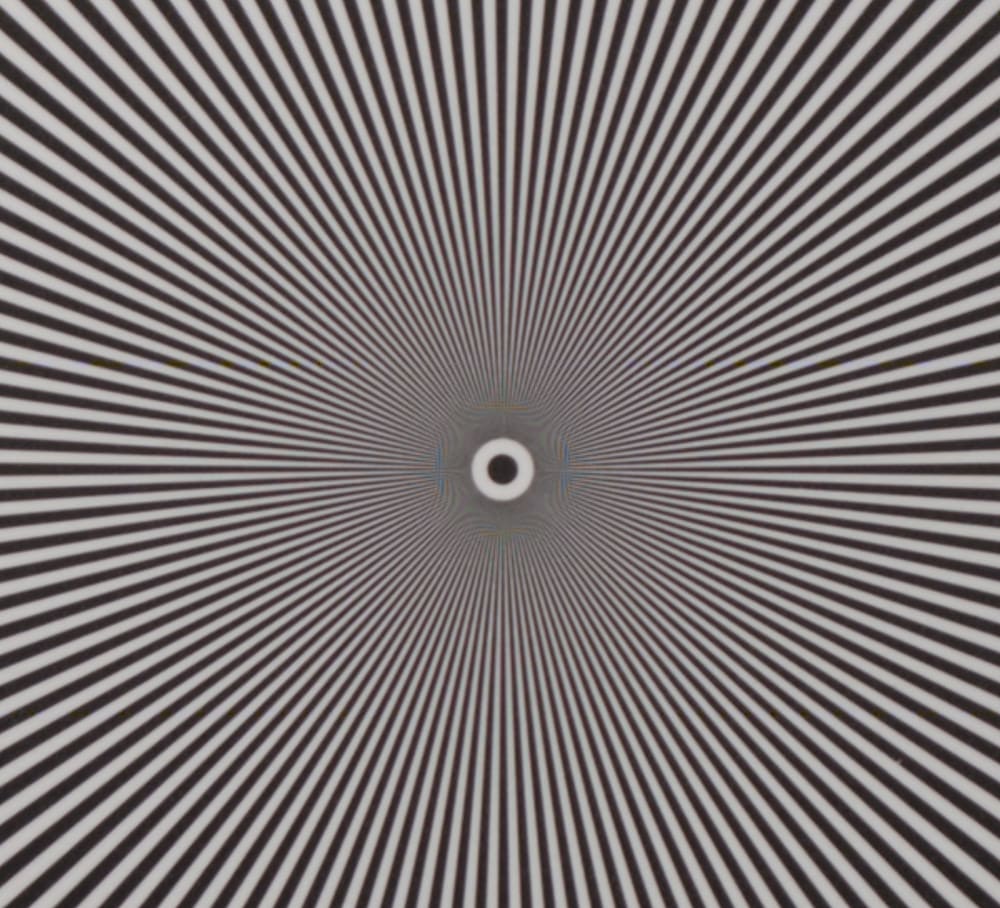
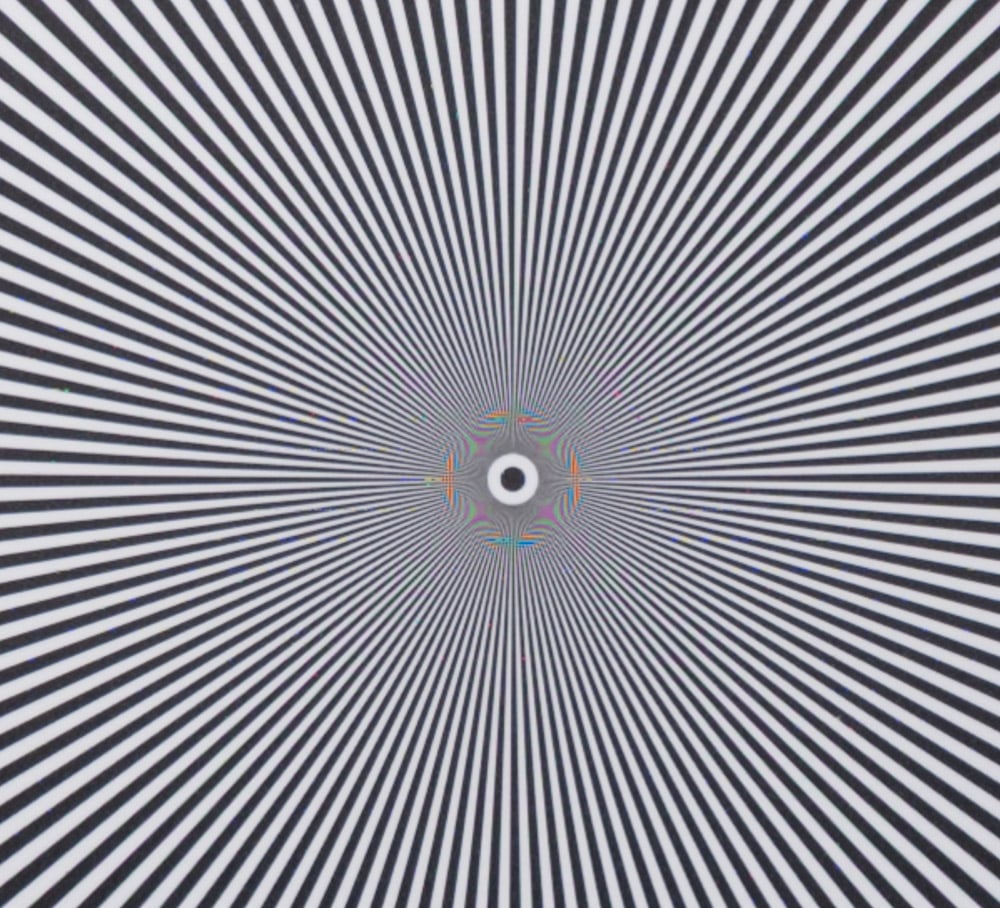
The 110 has a lot more contrast at high spatial frequencies. However, the 135 is still laying down more detail than the sensor can resolve.
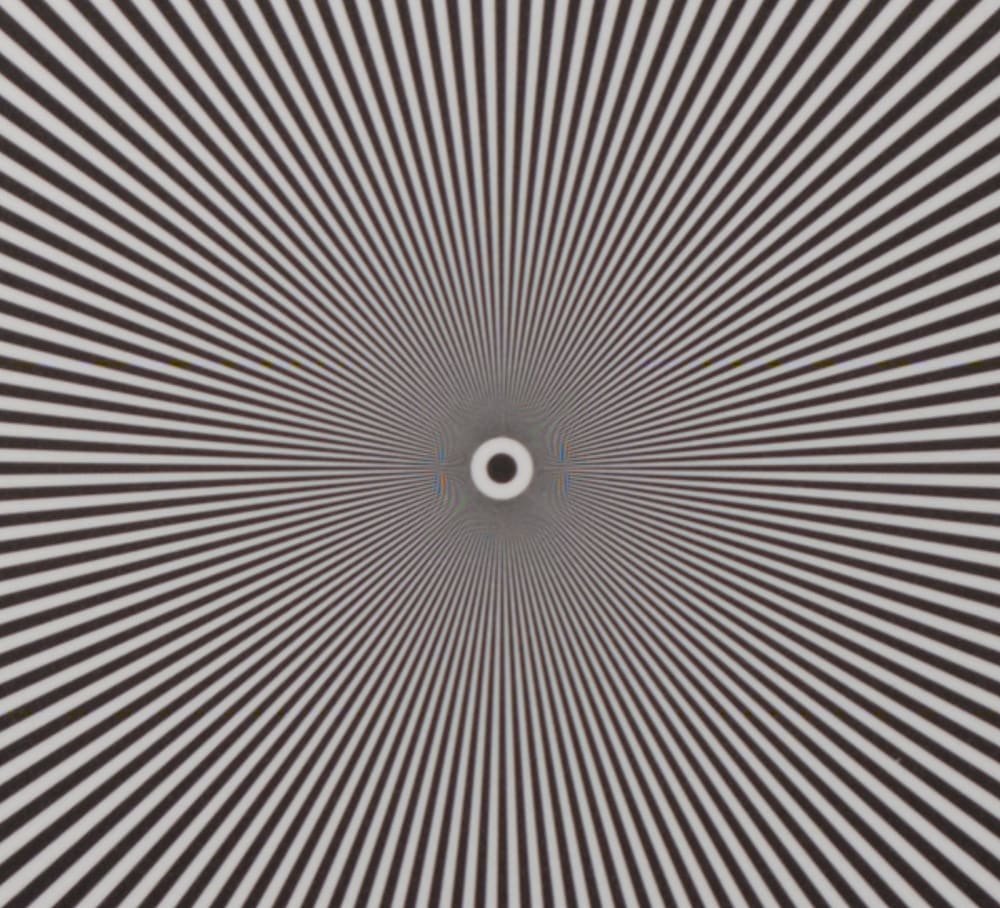
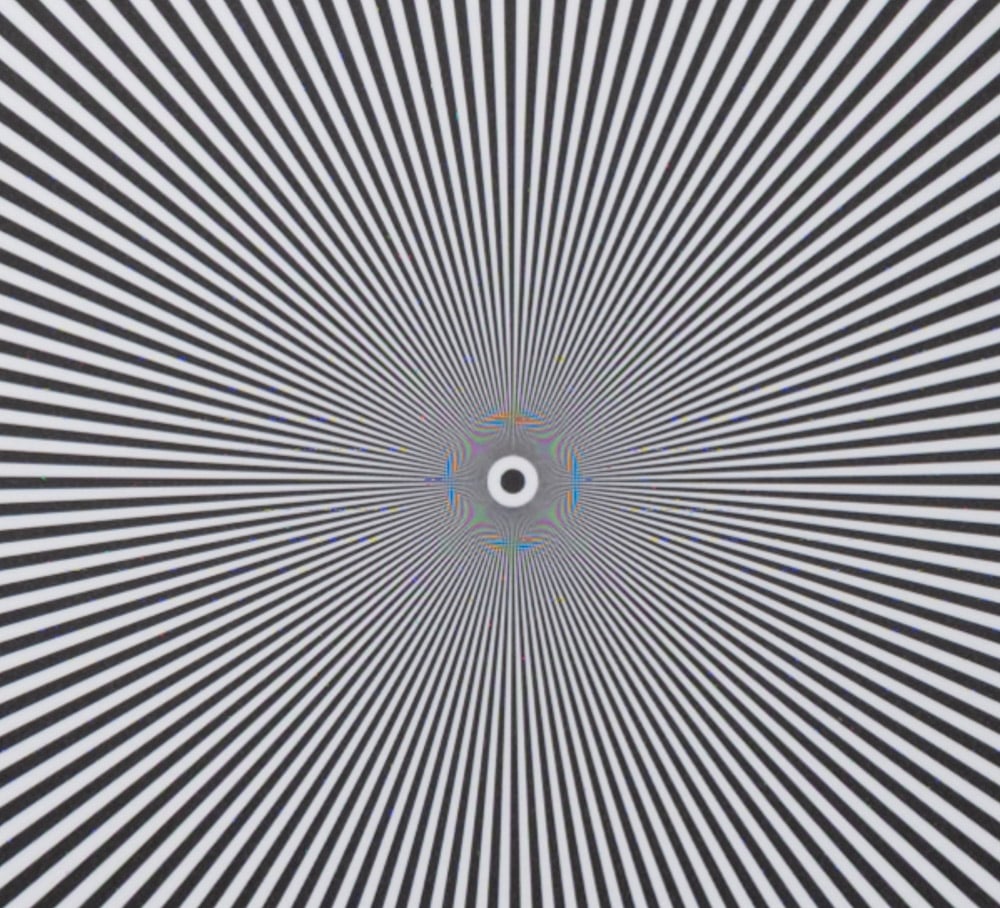
The XCD is better here, but the GF is better yet.
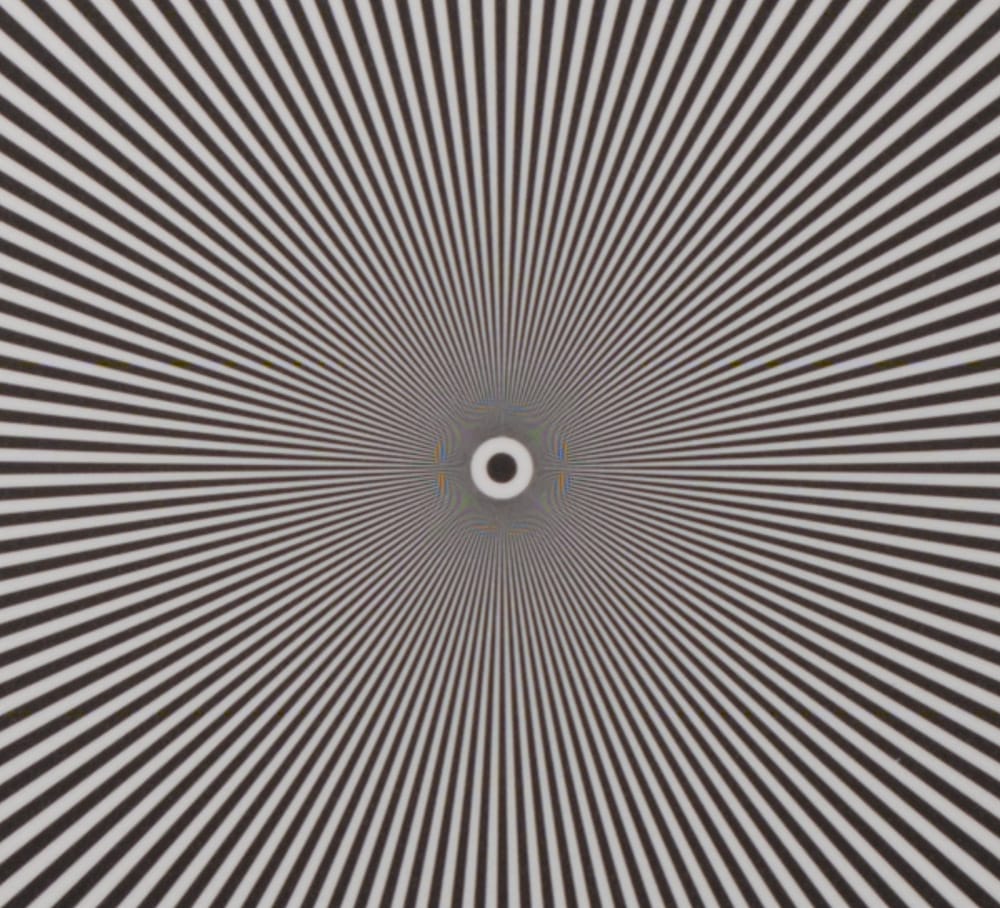
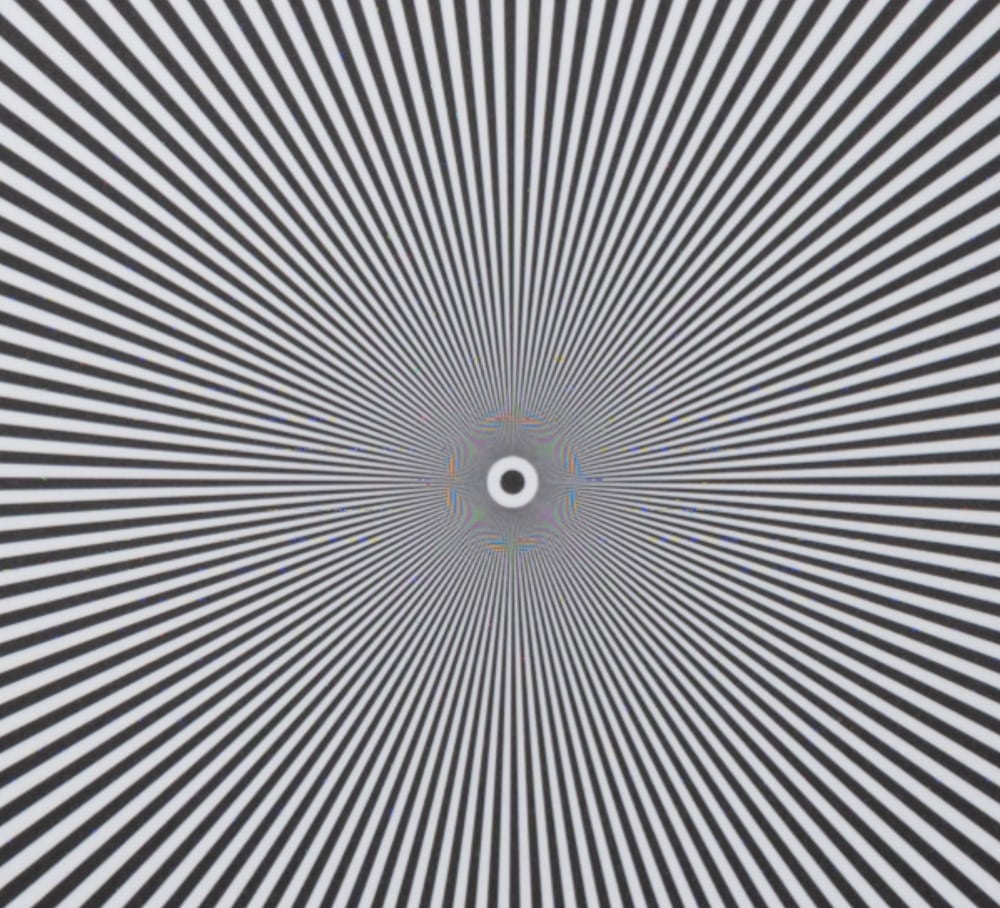
This is about as good as the XCD gets, and it’s still a bit behind the GF 110.
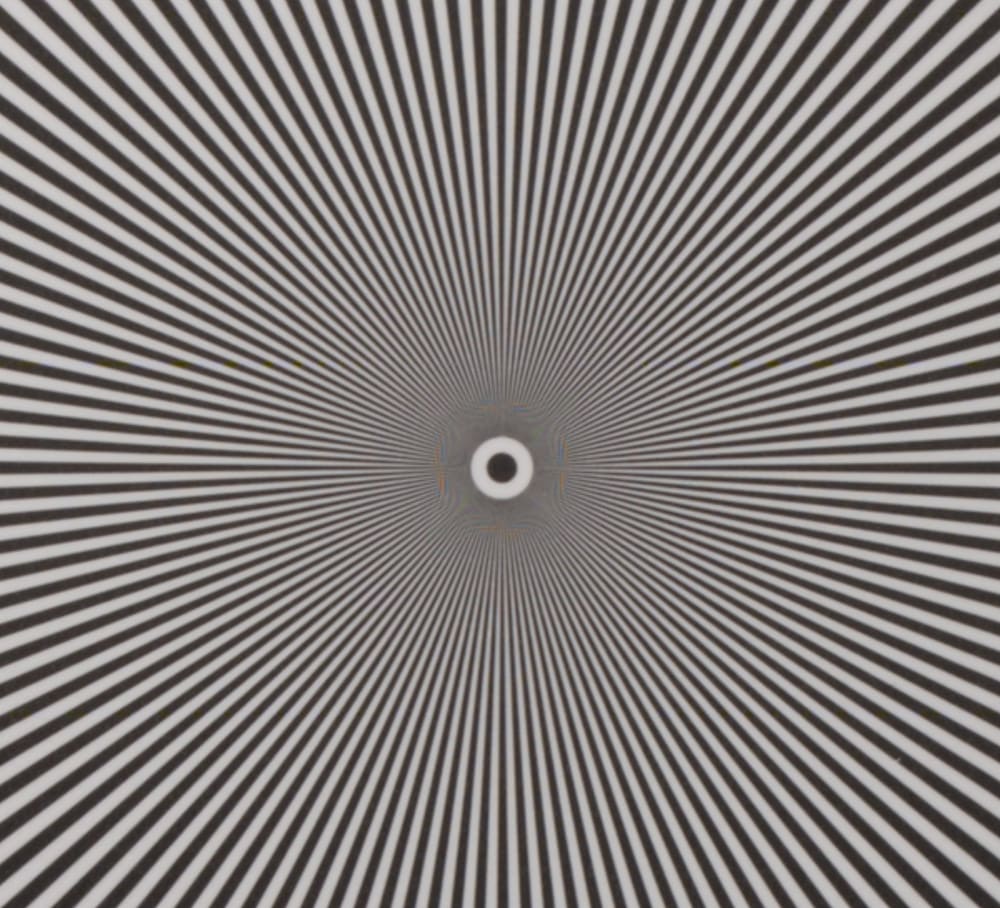
Diffraction is softening things up at f/8. There is still a little aliasing.
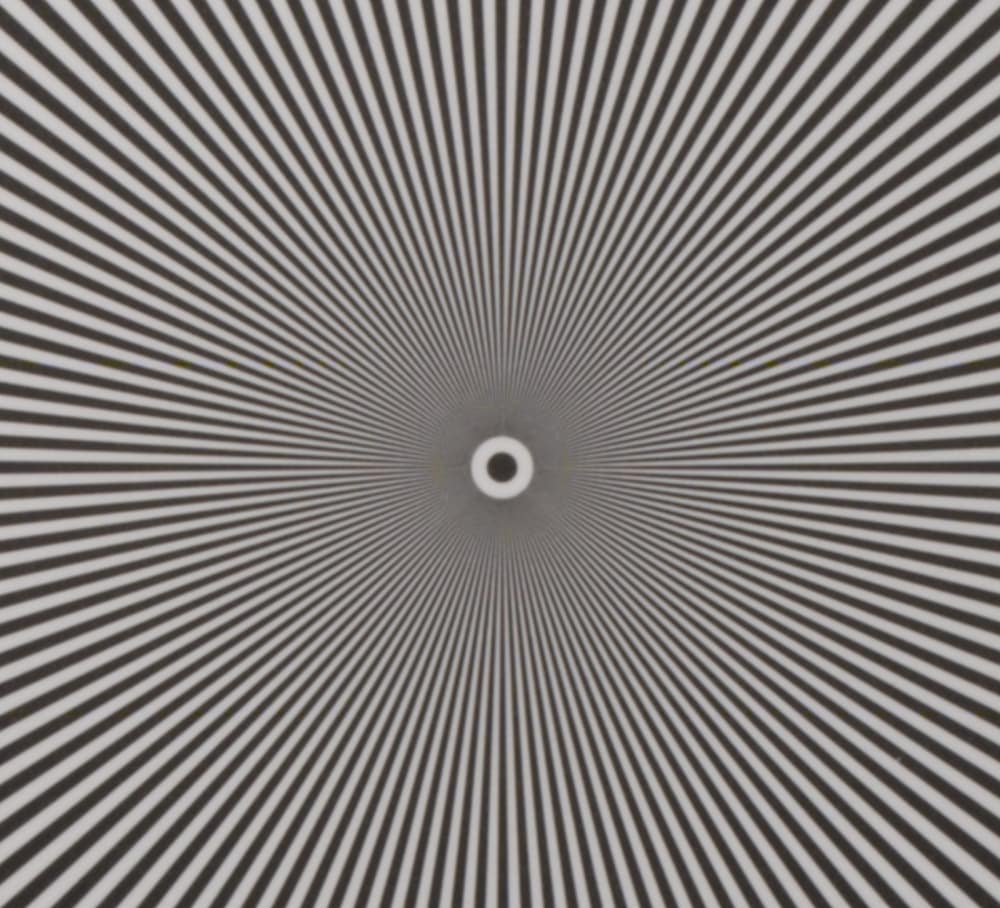
Diffraction has eliminated virtually all aliasing at f/11.
In the corner:
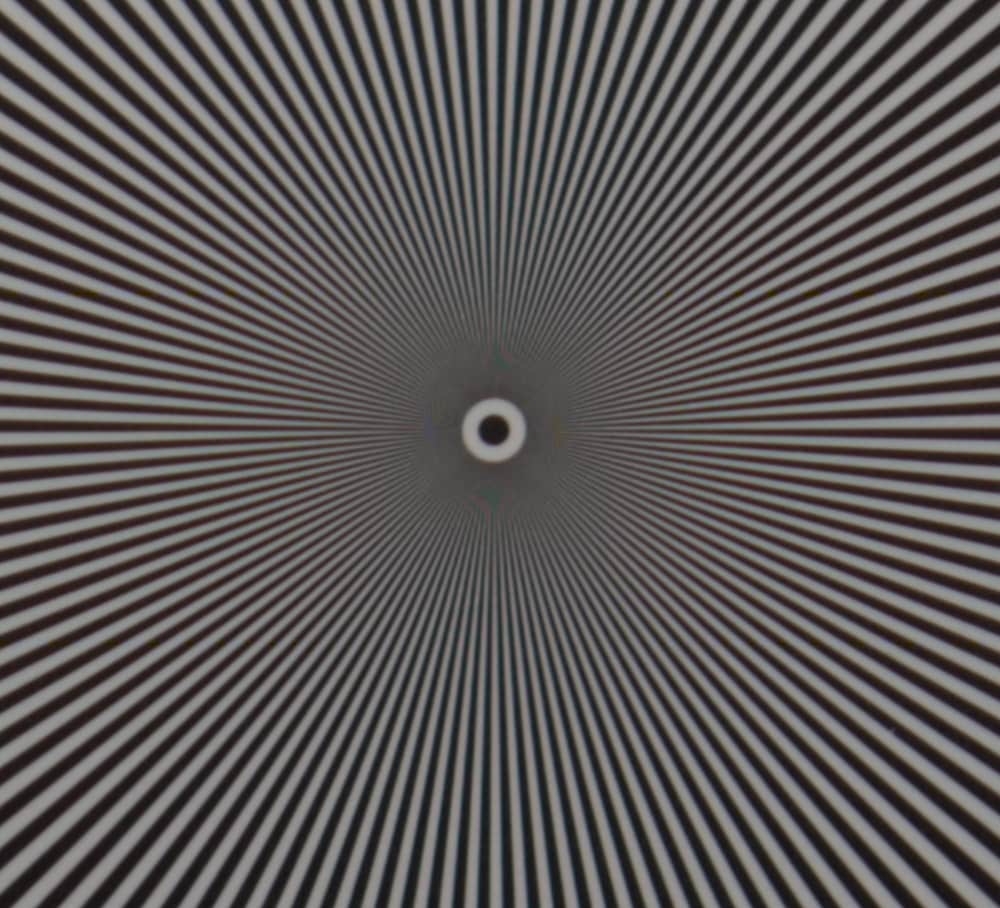
There’s a fair amount of light falloff in the corner, and there is essentially no aliasing.
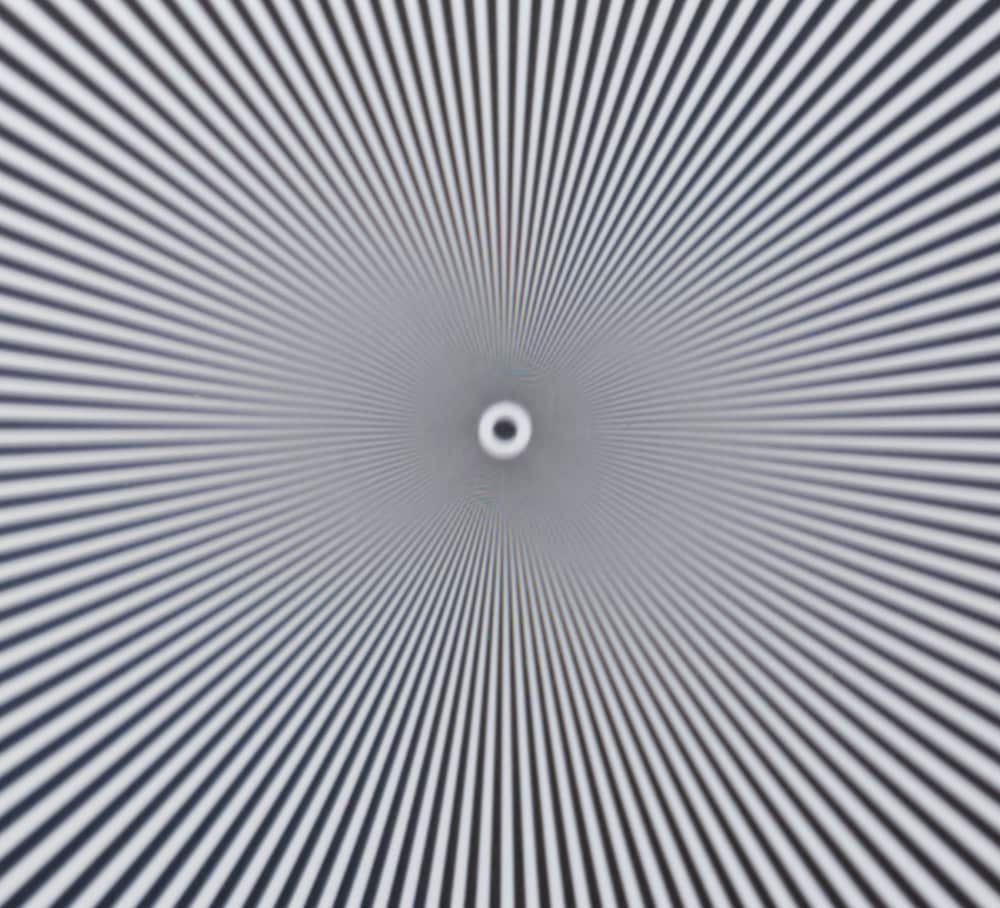
The GF 110 is not as good in the corner.
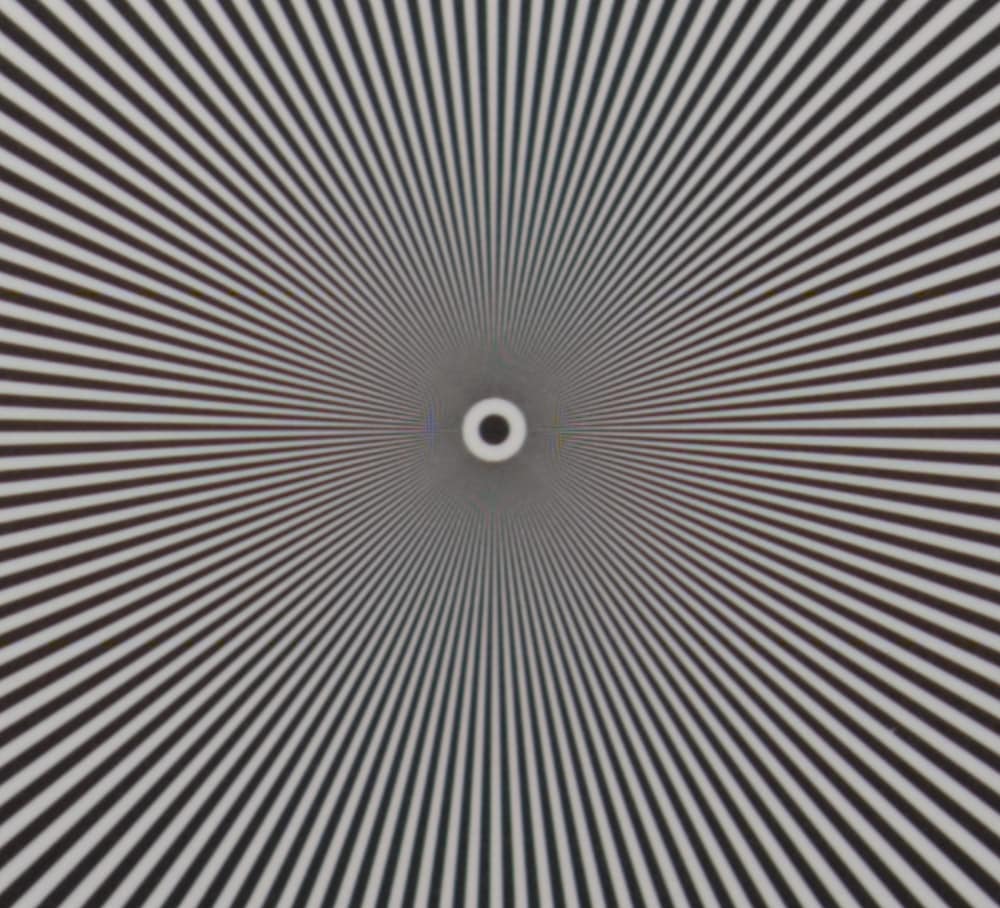
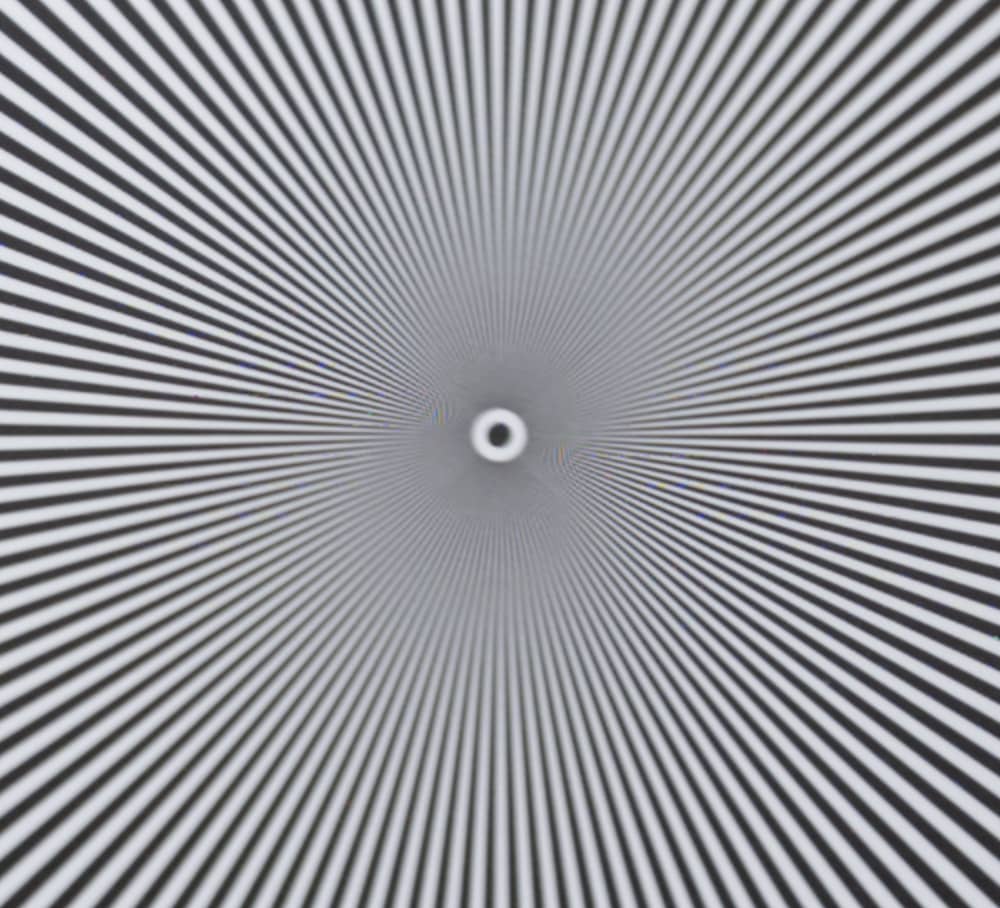
The GF lens resolves the tangential line much better than the radial ones.
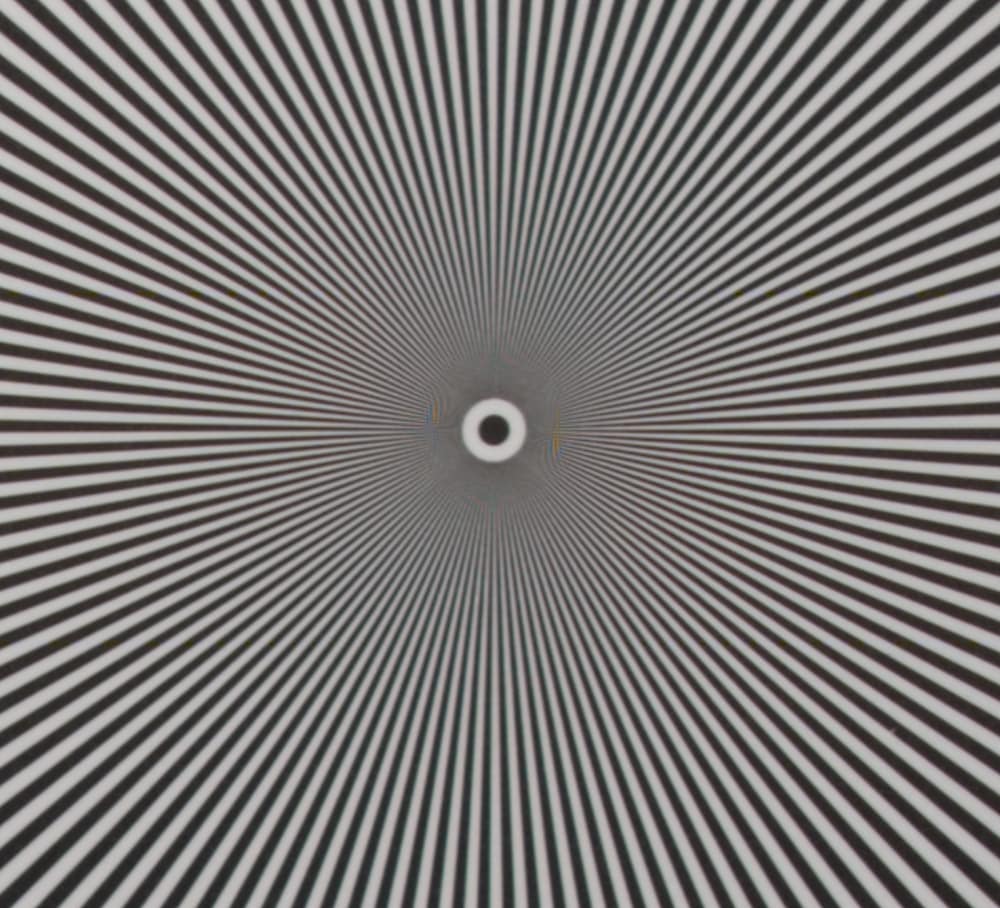
At f/5.6, the Hasselblad turns in an excellent performance.
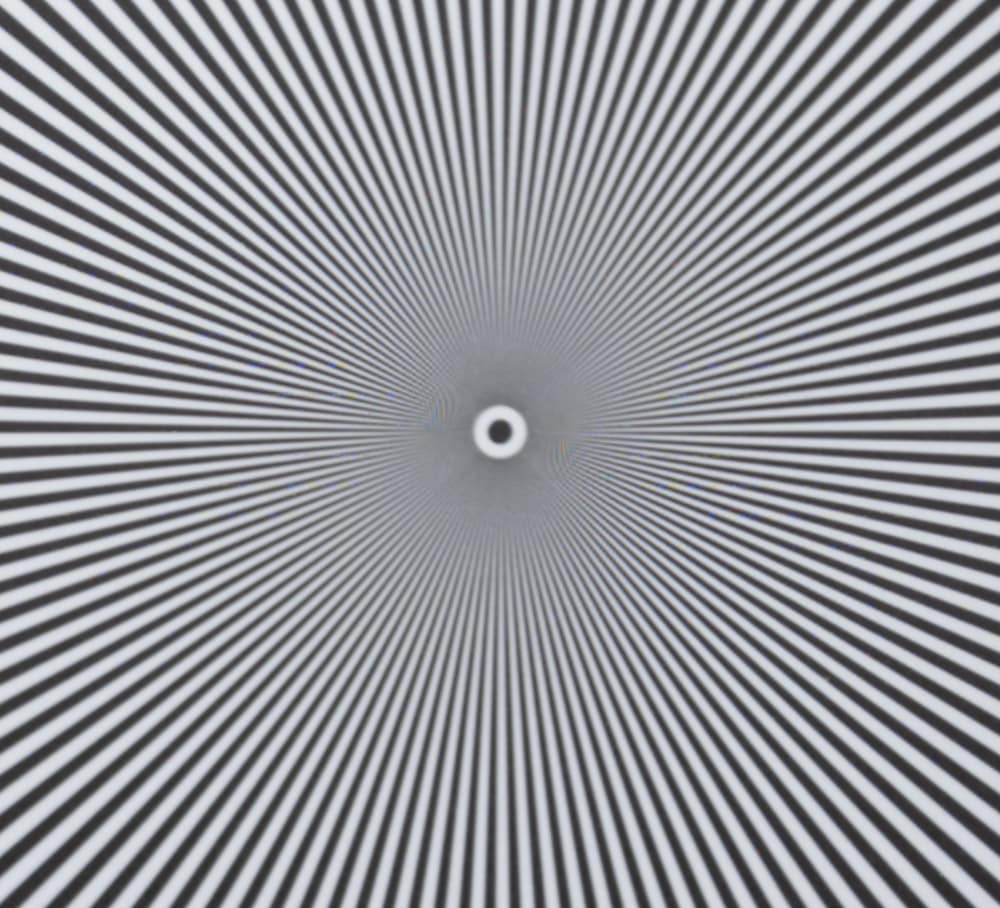
That’s pretty good, but not as good as the 135.
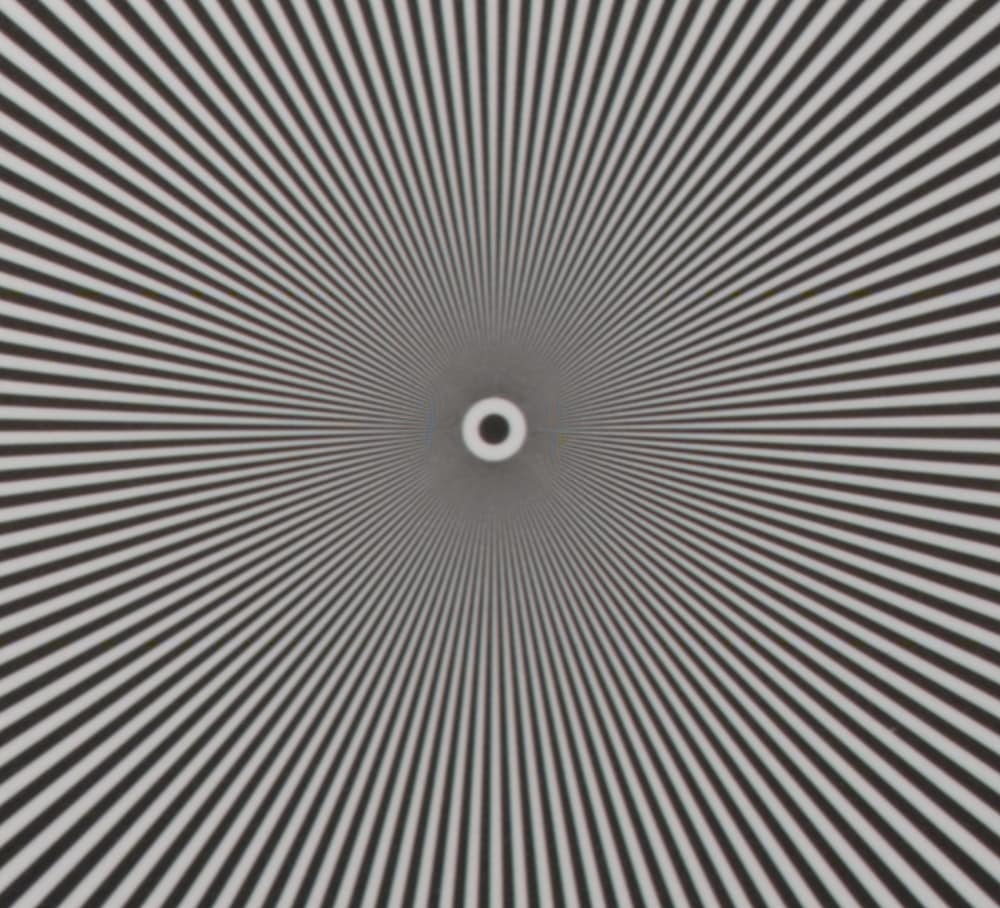
At f/8, diffraction is starting to soften the image.
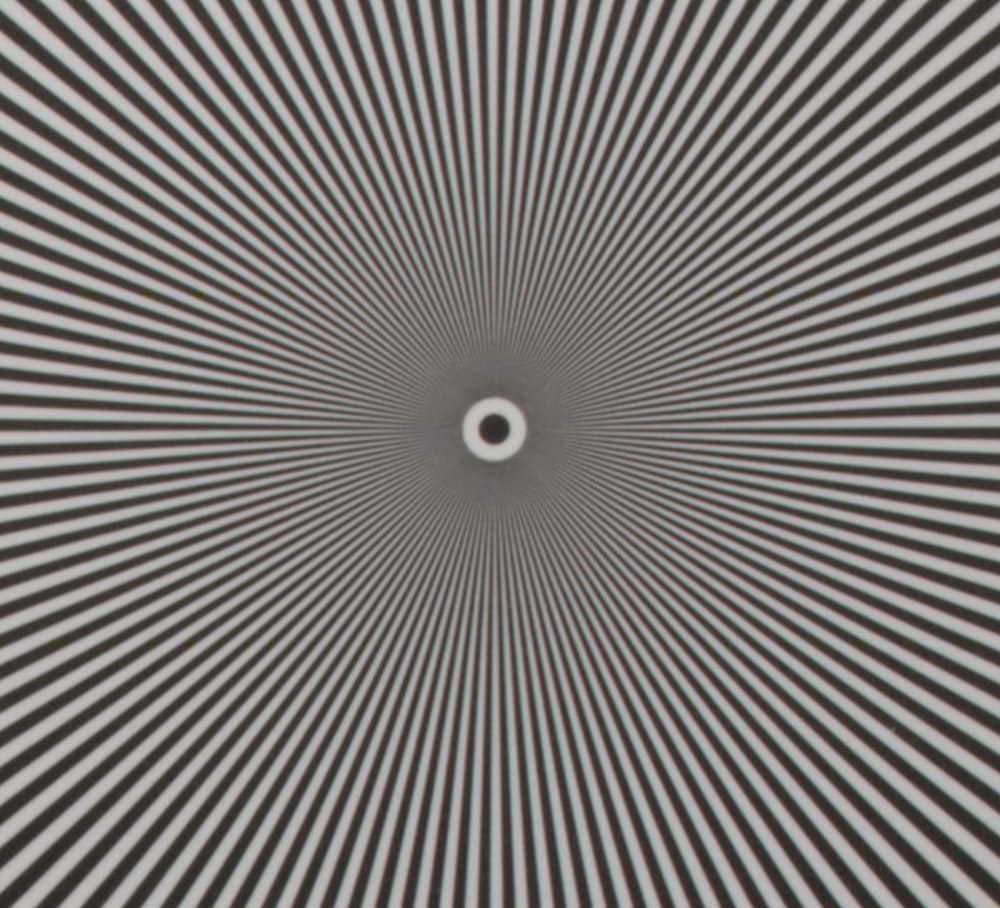
No aliasing at f/11.
This is very credible performance for the XCD 135.
Leave a Reply